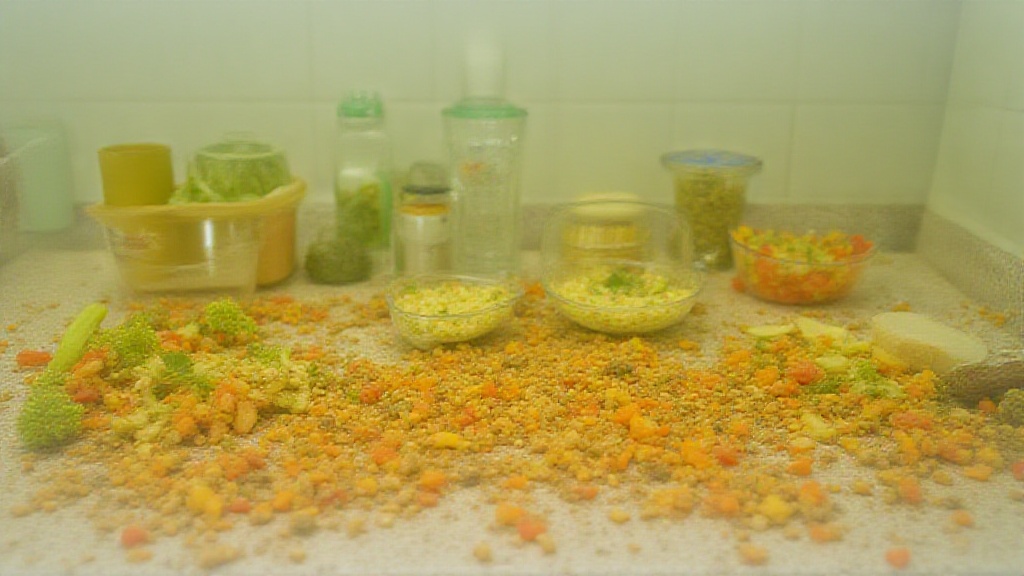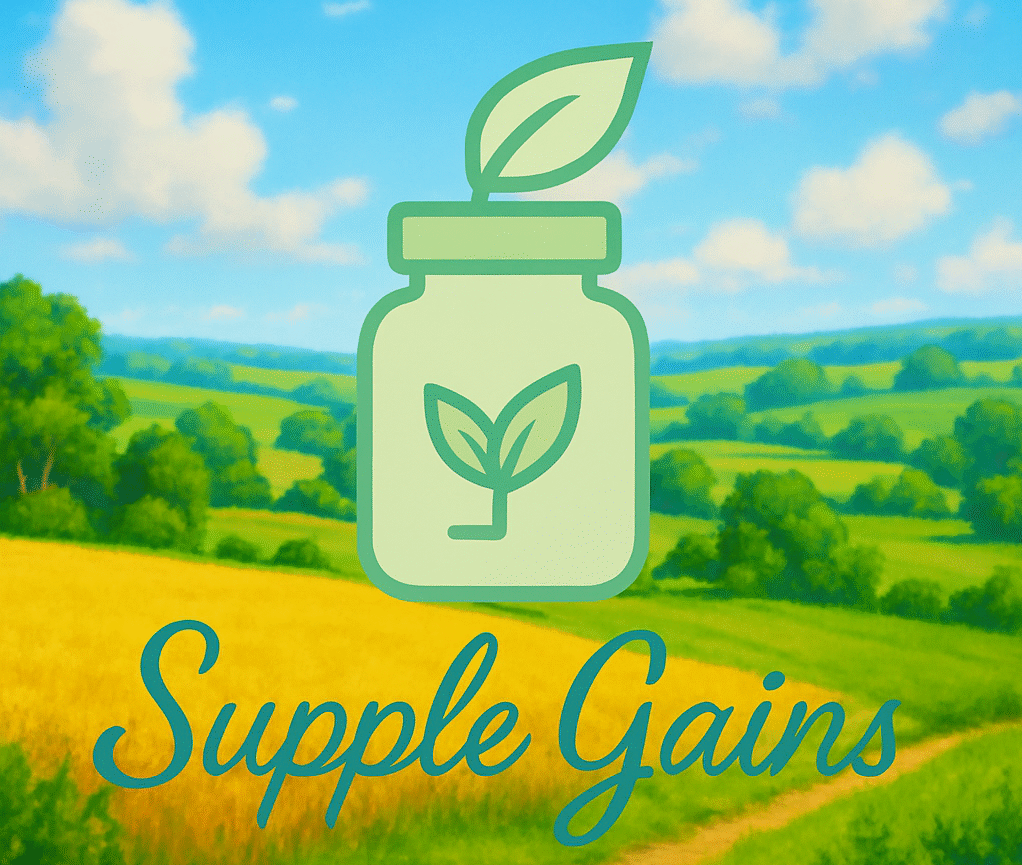If you’re just starting out with a plantbased diet, meal planning and prepping for trips or busy days can seem pretty overwhelming.
I remember my first time trying to plan snacks and meals for a weekend away without my usual kitchen;
I definitely packed two bunches of bananas and a random can of beans. Not my finest moment.
Turns out, a good plantbased packing list makes things way easier and a lot more enjoyable.
I’ve put together this guide to help you pack smartly, eat well, and feel confident no matter where you’re headed.

Why a PlantBased Packing List Helps Beginners
Switching to a plantbased diet or sticking with it while you’re away from home can definitely have its challenges, especially at first.
A wellthoughtout packing list helps you avoid those hangry moments, or the temptation to grab the nearest bag of chips.
Plus, it saves time and reduces waste since you’re not left scrambling for lastminute food runs.
The popularity of plantbased living has really grown over the last few years.
More people are choosing plantbased foods for all sorts of reasons, including health, sustainability, and how animals are treated.
If you’re new to this, bringing your own snacks and meal staples is a pretty handy way to make sure you always have something you enjoy eating.
Proper planning helps whether you’re traveling, spending the day outdoors, or prepping for a super busy week at work or school.
Basics of Building Your PlantBased Packing List
I’ve learned the hard way that a bag of carrots and a box of oatmeal won’t keep you satisfied for long.
For a beginnerfriendly plantbased packing list, you want to include a mix of readytogo snacks, easy meal bases, and a couple of emergency items in case hunger hits unexpectedly.
- Readytogo Snacks: These are lifesavers when you’re on the go. Look for unsweetened dried fruit, roasted chickpeas, granola bars, whole grain crackers, and nut or seed butters.
- Meal Starters: Pack things that can turn into a meal quickly, like instant oats, precooked rice or quinoa cups, wholegrain wraps, or shelfstable soup cartons. These are super useful if you’re somewhere with limited kitchen space.
- Fresh Goods (If Possible): Apples, bananas, oranges, carrot sticks, cherry tomatoes, and snap peas all travel pretty well. They also add crunch and freshness to meals.
- PlantBased Proteins: Vacuumsealed packs of lentils, black beans, or tofu are worth having for meals that need a protein boost. Shelfstable plantbased milks are handy for coffee, cereal, or making overnight oats in a pinch.
- Seasonings and Condiments: Mini containers of soy sauce, hot sauce, or tahini go a long way. These don’t take up much space but they perk up bland foods instantly.
- Emergency Fixes: Trail mix, protein bars, and energy bites help power you through tough travel days or long hikes.
Quick Guide: Steps to Packing for PlantBased Eating
Here’s what’s worked for me (and what I wish I’d known early on):
- Check Your Destination: Find out if you’ll have access to a fridge, microwave, or even just a kettle. This makes a big difference in what you can prep.
- Pack a Small Cooler or Insulated Bag: Especially good for road trips or flights and perfect for carrying perishable food like tofu, salads, or hummus.
- Choose Reusable Containers: Small, sturdy containers help you portion out meals and snacks. Collapsible ones save space on the way home.
- Bring Utensils and a Water Bottle: A lightweight fork, spoon, and reusable straw mean you’re not scrambling for throwaway options that might not even work with what you’ve packed.
- List Out Meals and Snacks: Actually write down your meals and snacks so you know you’ve covered everything, from breakfast to latenight hunger. This avoids carrying extra food you won’t eat or missing key ingredients.
- Check Labels for Hidden Animal Ingredients: Some packaged snacks might look plantbased but sneak in dairy or honey. Takes just a second to check and saves the stress.
Top Things to Think About When Packing PlantBased Foods
Every new adventure comes with things to figure out. Here are some issues that I’ve run into and how I now handle them:
- Keeping Things Fresh: Use small ice packs or frozen water bottles to keep salads, fruit, and deli slices cool. Go for produce that doesn’t bruise easily and can handle a few hours out of the fridge.
- Balance and Variety: If your snacks are all sweet or all crunchy, you get bored fast. Include a mix of flavors—something salty, savory, sweet, and with different textures.
- Restaurant Options: Some places still don’t offer many plantbased choices. Having your own food avoids going hungry or settling for just a basic salad.
- Food Safety: Watch shelf life. Don’t pack things that spoil quickly, like open yogurt or cut fruit without a cooler. If you’re traveling for more than a day, swap perishables for shelfstable options.
- Allergy Awareness: If you’re around others, be mindful of nuts or soy if someone in your group is sensitive.
Keeping Things Fresh
Freshness can make or break a snack.
Prepping slices of apples with a squeeze of lemon juice keeps them from browning.
For dips, I carry singleserve hummus or guacamole packs (they hold up better without refrigeration for a few hours).
I also enjoy roasted edamame or wasabi peas for something crunchy and proteinpacked.
Mixing Up Flavors and Textures
Eating plantbased doesn’t mean settling for bland food.
I mix nuts with dried cranberries, pack a jar of salsa for rice bowls, and add cinnamon or cocoa powder to overnight oats.
Prewashed salad greens and roasted sweet potatoes are meal changers.
Roasted seaweed snacks, dark chocolate squares, and freezedried fruit are all fun extras, too.
How to Handle Restaurants
It helps to check menus ahead of time or call the spot where you plan to eat.
Sometimes you can ask for small menu tweaks, like swapping out meat for extra beans or veggies.
If you’re packing snacks, sandwich wraps with hummus and veggies, peanut butter and banana tortillas, or easy homemade trail mix travel really well and don’t need refrigeration for a short day trip.
BeginnerFriendly PlantBased Packing List (Sample Ideas)
- Shelfstable plant milk cartons
- Instant oats and chia seeds
- Singleserve nut butters and trail mix
- Granola or protein bars (watch for dairy)
- Fresh apples, citrus, and baby carrots
- Whole grain wraps, rice cakes, or bagels
- Ready cooked lentil, chickpea, or bean packs
- Singleserve hummus or guacamole
- Roasted chickpeas or edamame
- Vacuumpacked tofu or tempeh
- Small containers with herbs, spices, or hot sauce
FAQs About Packing PlantBased Foods
Here are some common questions you might have as you get started:
Question: Can I bring plantbased foods on a plane?
Answer:
Most snacks and food items are fine, especially dry or shelfstable options. Spreads like hummus must meet liquid carryon limits.
Usually, fresh fruit and homemade snacks go through security with no problem for domestic flights.
Question: How do I make sure I get enough protein on the go?
Answer:
Include portable proteins like roasted chickpeas, edamame, nut butters, and shelfstable beans.
Energy bars made with seeds or nuts are also easy ways to add a protein punch.
Question: What’s best for camping or trips without a fridge?
Answer:
Go for energydense, shelfstable items. Soy curls, canned beans, peanut butter, freezedried meals, and grains like instant rice or oats don’t need refrigeration and last a while.
Spice kits and small containers of olive oil are great to liven up campfire meals.
Question: How do I keep my meals interesting?
Answer:
Switch up snacks and flavors; one week nutbased snacks, another week some seed crackers or crunchy lentil curls.
Try new flavor combos and use dips or toppings you haven’t had before.
Don’t be afraid to grab something you’ve never tried, and check out local markets while traveling for extra variety.
Wrap Up: Making PlantBased Packing Easy
A solid plantbased packing list gives beginners confidence and freedom to stick to their eating style anywhere.
Whether I’m packing for a trip, lunch at work, or a day hike, having options makes plantbased eating feel pretty manageable and really enjoyable.
Start simple, tweak your list as you figure out what you like, and don’t stress over perfection; after a while, packing your food this way just becomes second nature.
To make things even easier, try prepping snack packs in advance and jotting down your favorite combinations so you always have backup ideas.
As more plantbased options keep popping up in stores and restaurants, your packing list can keep evolving with you.
Stick with it, and before long you’ll have your own set of triedandtrue basics that make travel—and busy days—way easier.
Remember, the popular plantbased trend means there are plenty more choices than ever, so have fun experimenting as you go.
